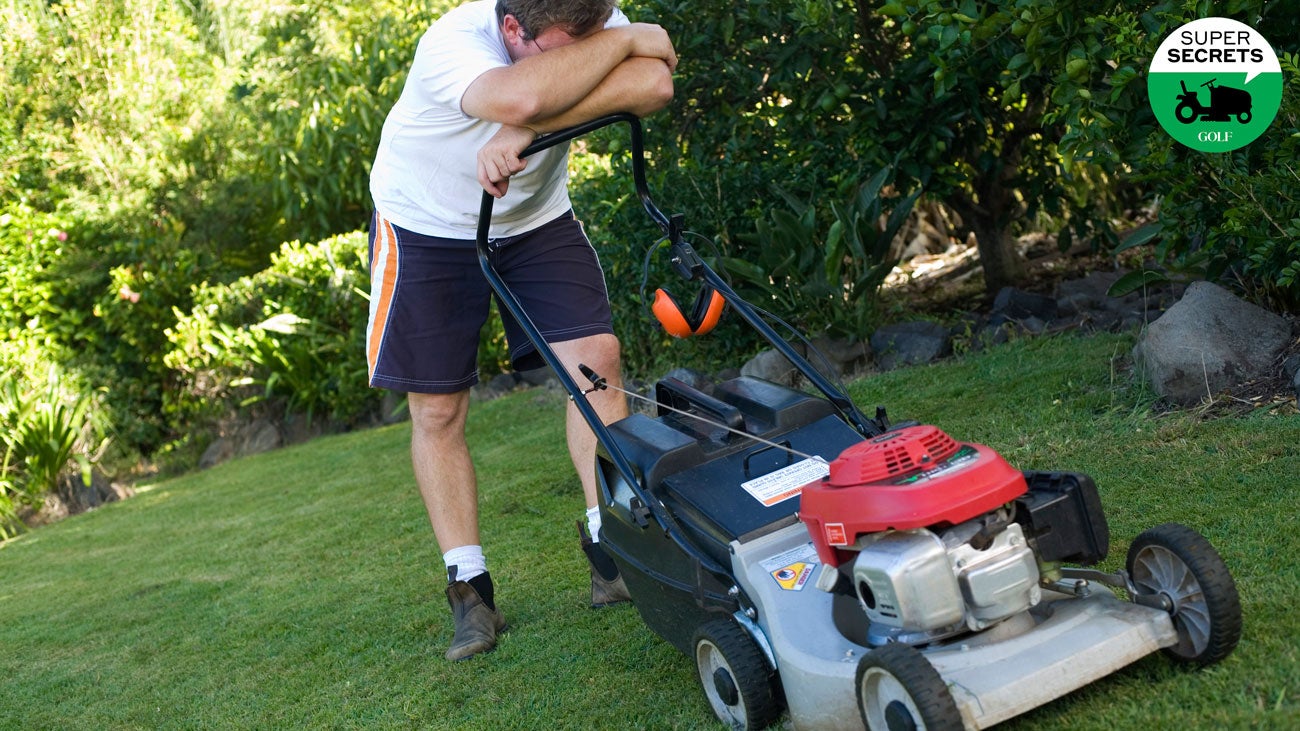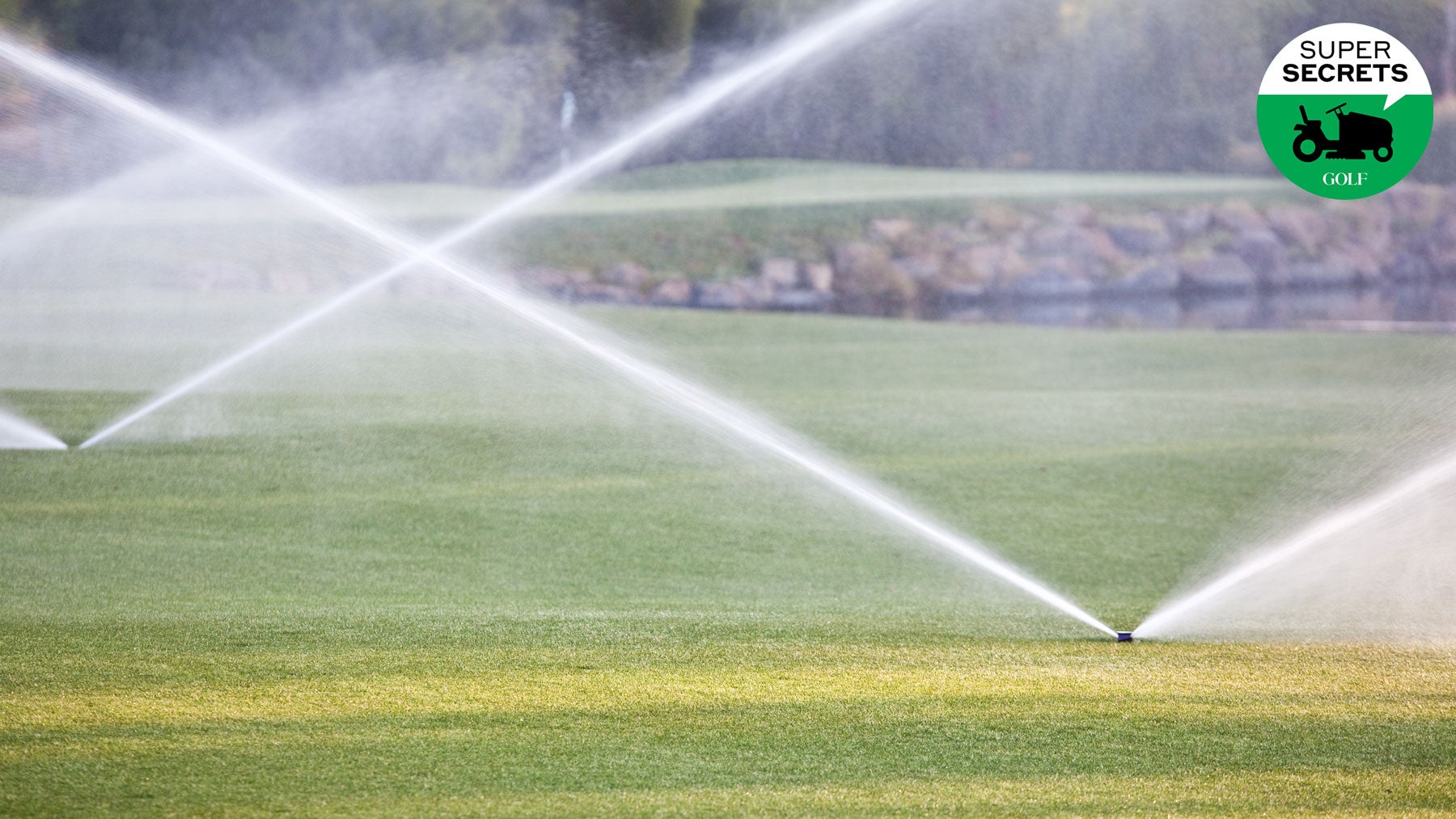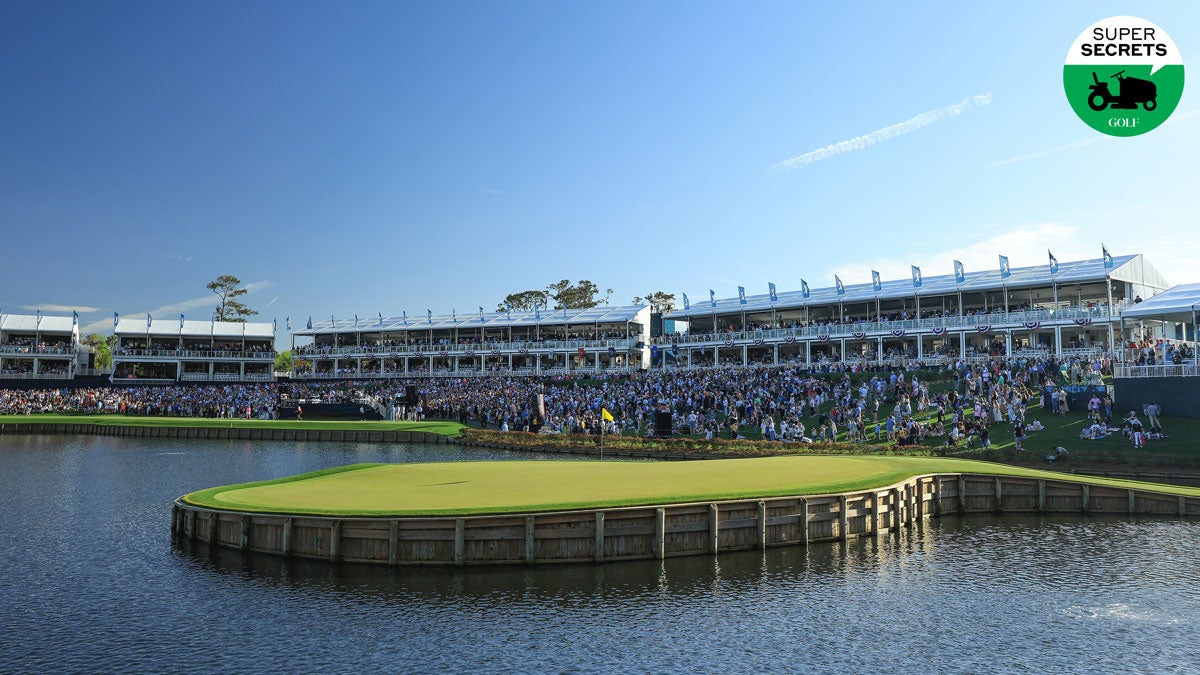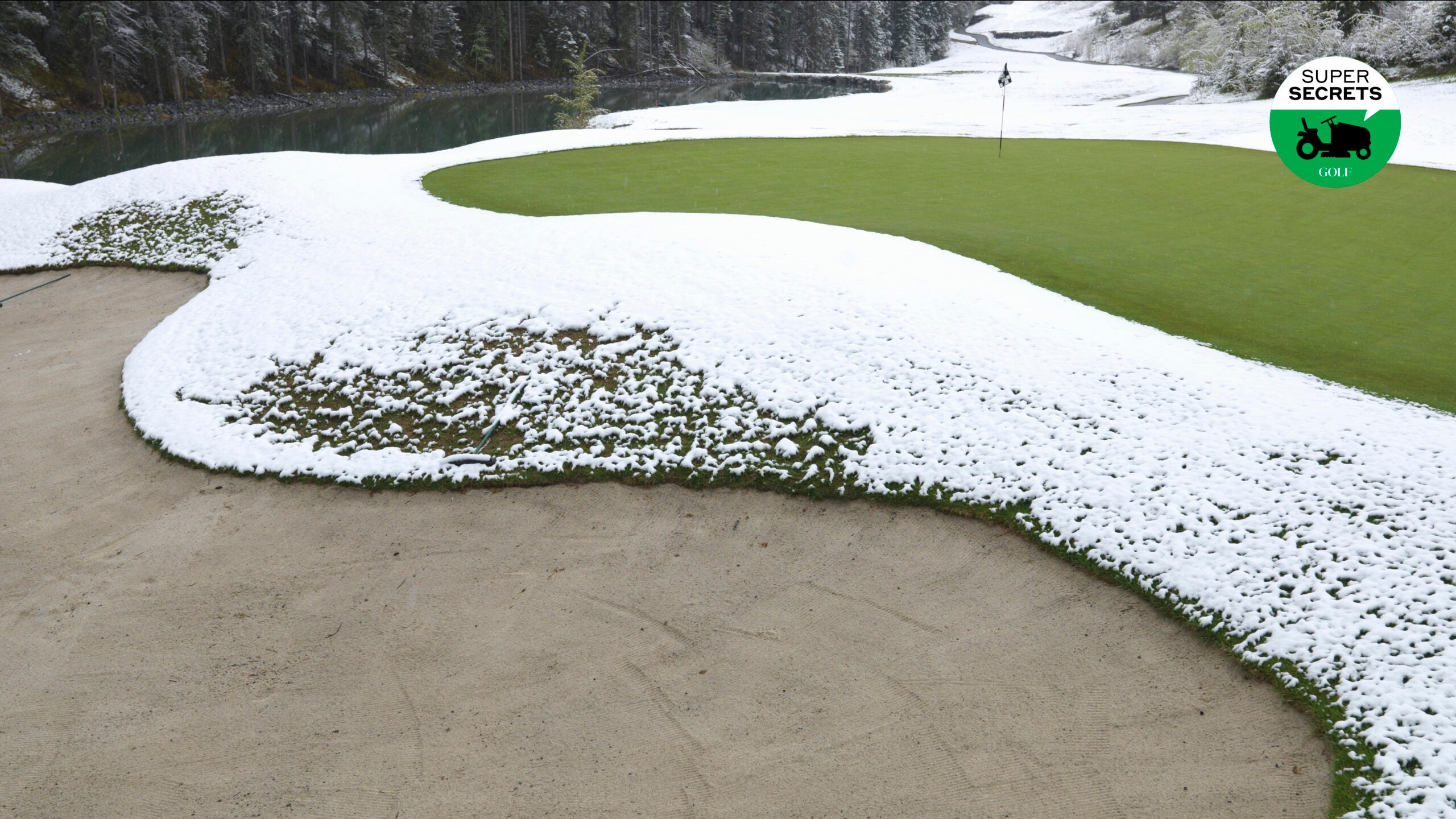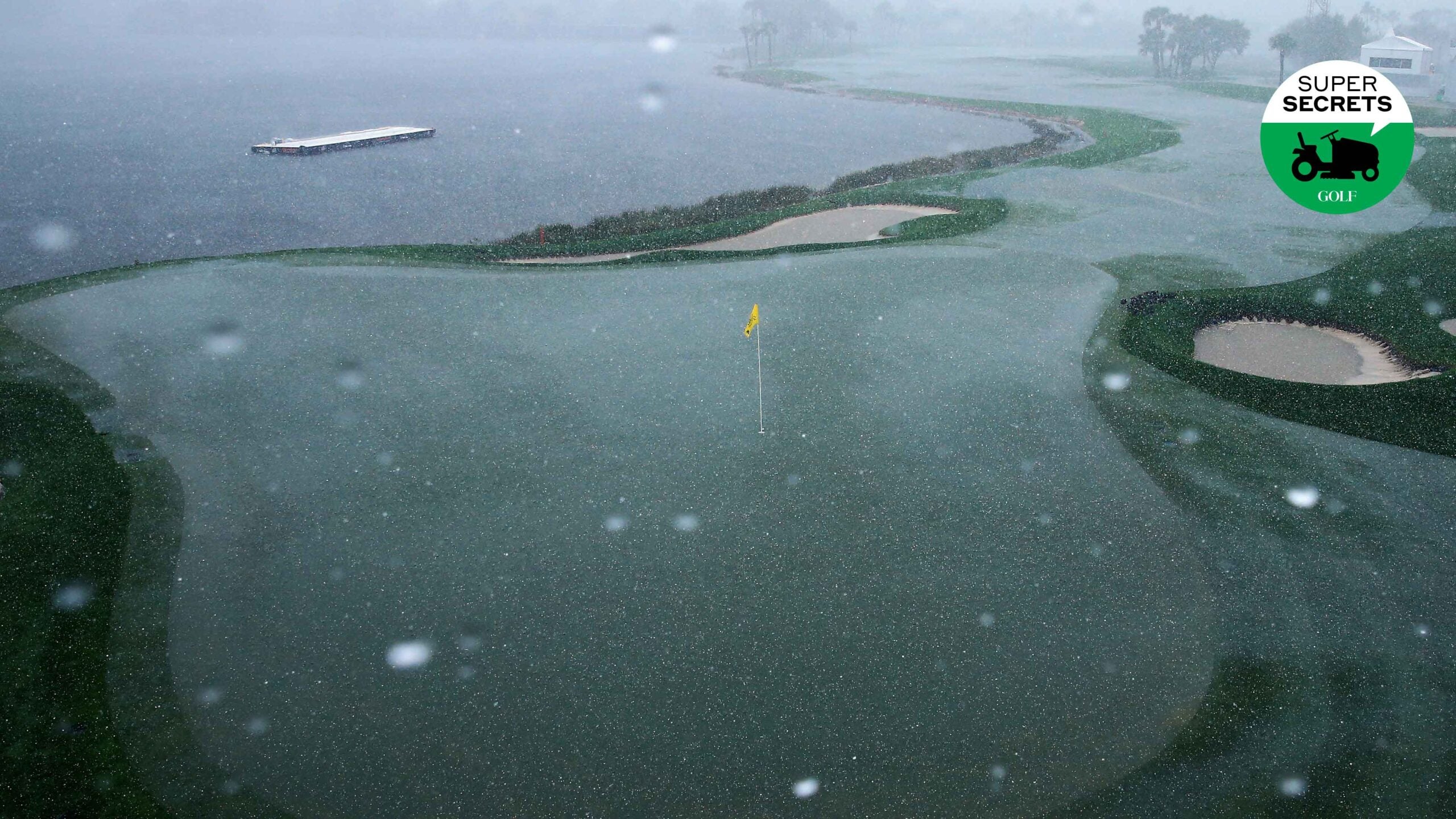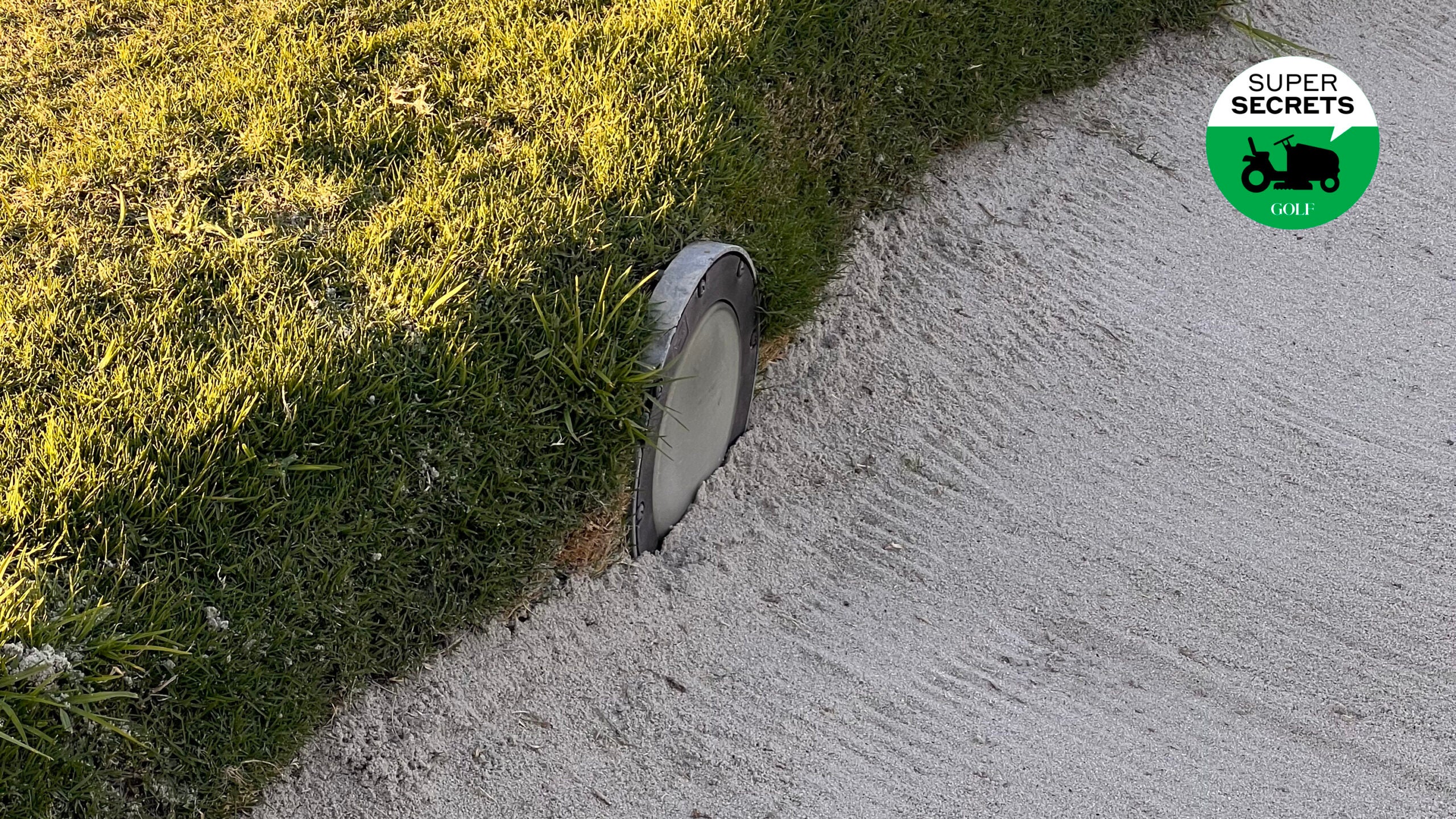If you dread raking leaves, this golf-course superintendent has good news

Raking leaves in an autumnal rite, but it's often better for your yard not to rake at all.
Getty Images
There’s a reason autumn is also known as fall. ’Tis the season of fallen leaves, a headache for golfers and greenskeepers alike.
At George Wright Golf Course, a stellar, oak-lined muni just outside Boston, superintendent Len Curtin and his team have their hands full every year with nature’s confetti, devoting many hours and all manner of machinery (rakes, blowers, vacuums, mulchers, and such) to keeping putting surfaces and playing corridors clear.
In his own yard, though, Curtin takes a different approach. For one thing, he doesn’t bother raking, and he says that most homeowners shouldn’t feel obligated to, either.
Here’s what Curtin does instead, and why.
A mulch better way
When you buy commercial compost at your home and garden store, a lot of what you’re getting are broken-down leaves, which are rich in nutrients that are great for soil. Why would you want to rake that stuff away? Mostly, Curtin doesn’t. Instead, he mulches the leaves with an attachment on his mower, working in four directions so he gets an even spread.
Letting them lie
You’re forgiven if you missed it, as it wasn’t front-page news, but October was Leave the Leaves Month, a designation dreamed up by the National Wildlife Federation in recognition of this biologic fact: Fallen leaf layers are home to entire ecosystems. In these mini-worlds live all kinds of species — micro-organisms, moths, butterflies and beyond — that play a central role in the circle of life, providing food for birds, pollinating flowers and fertilizing soil while helping stave off invaders that might otherwise attack plants, flowers and trees.
At the golf course, Curtin often has no choice; clearing leaves is an aesthetic matter that is also important for pace of play. At home, though, he sometimes simply leaves his leaves alone, letting them lie in light layers, and, eventually, decompose.
Watching out for wet or matted leaves
When it comes to leaving leaves, there are limits. Curtin doesn’t let the layers get too thick. “Three inches is about the maximum,” he says. Grass needs air and sunlight, and thick blankets of leaves can over-shade and smother turf.
Curtin also keeps an eye out for wet and matted leaves, which don’t just shade and smother; they also create welcoming environments for disease. Whether it’s with a blower or, yes, even a rake, wet, matted leaves should be cleared away.
Thinking long term
It won’t happen today, tomorrow, or even by next autumn, but over a prolonged period, mulching leaves can alter the pH levels of soil. A lot depends on the kind of leaf litter — pine needles, for instance — are particularly acidic, and the amount of mulching you do. In most cases, it takes years, even upward of a decade, Curtin says, for any marked changes to occur, and any issues that might arise are easy to detect — and then address — with a simple soil test.


